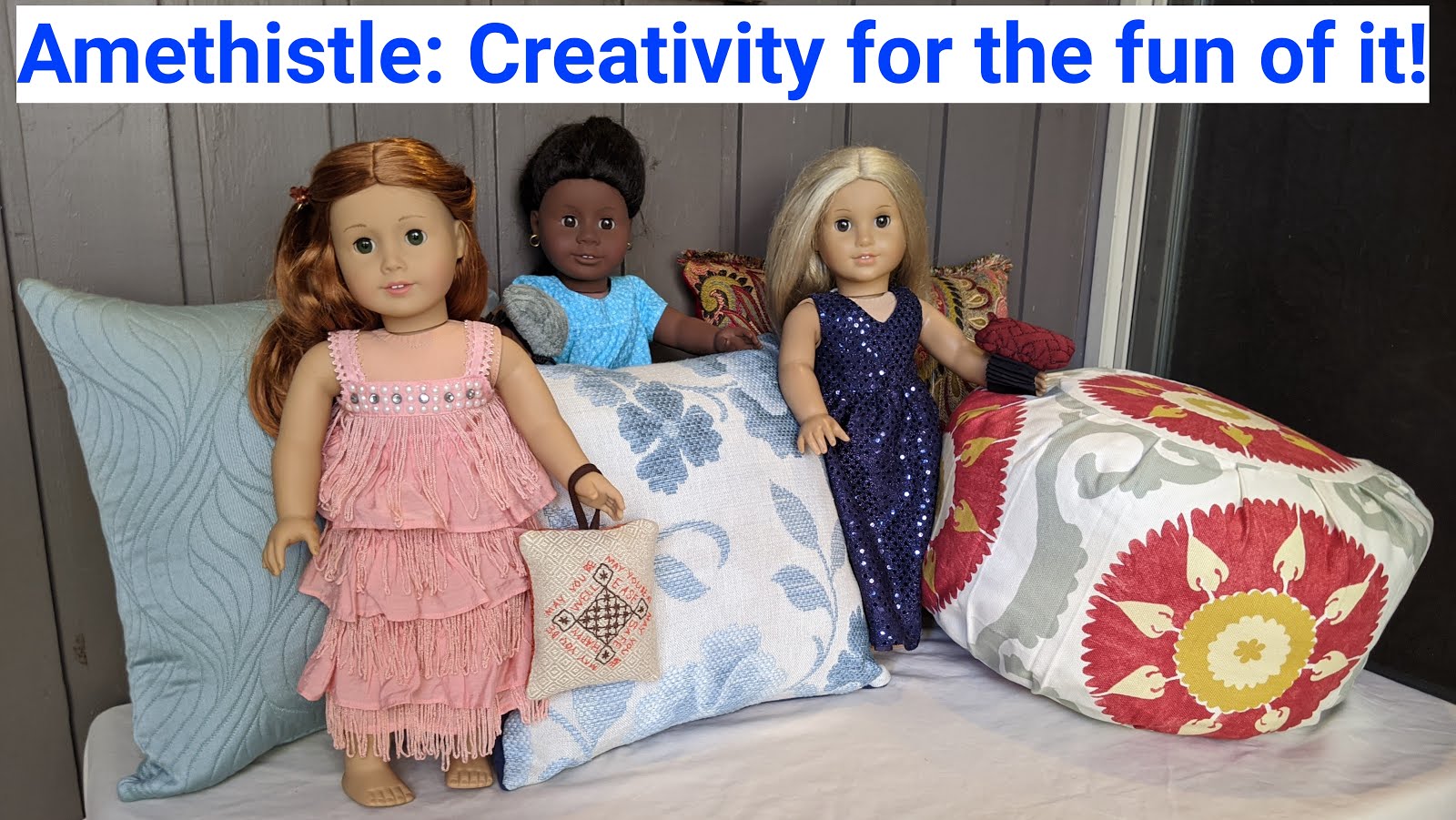The buckles I was using required a size #6 hole for the buckle tongues. I thought I'd try to save some time later by preparing the strap ends with holes and points ahead of time, as shown in the picture. It turned out that it made the fitting a little bit harder, so I won't do it that way again. It's easier to make the holes and such later than it is to correctly position the buckle later.

I used a half-inch oblong punch (also known as a bag punch or oval punch) to make the holes for my straps. I had put my foot on the upper sole to mark the hole locations. I find the punches to be kind of slippery and hard to hold, so I put the rubber bands on to improve the grip. It didn't help much, unfortunately.
Here I tried putting the straps in place, and the whole thing is held together with more rubber bands (if I had to be stranded on a desert island, I'd want a big bag of rubber bands with me).


Here is how the straps look from under the upper sole. You can imagine that these fairly thick straps might be a bit uncomfortable to walk on, since you would feel them as lumps through the upper sole.

One way to deal with the lumpy strap problem is suggested in the Sandal Making book: use a scarier-looking version of a man's razor, called a skiver (in this case a "Super Skiver"), to carefully scrape off enough thickness from the upper sole so that the straps nestle into the sole. Depending on the thicknesses of the straps and the sole, this approach varies in its success.
 One thing I found is that the skiver takes a lot of practice to use, and it's a bit like using a potato peeler. The amount of material you take off in one swipe depends on the angle of the handle relative to the leather surface. It's really easy to dig right into your leather and cut off more than you intended. On the other hand, if you stay timid, you'll take a lot of time and not get deep enough. Practice, practice, practice.
One thing I found is that the skiver takes a lot of practice to use, and it's a bit like using a potato peeler. The amount of material you take off in one swipe depends on the angle of the handle relative to the leather surface. It's really easy to dig right into your leather and cut off more than you intended. On the other hand, if you stay timid, you'll take a lot of time and not get deep enough. Practice, practice, practice.Another approach, which I didn't do on this pair of sandals (guess what's coming in a future blog), is to skive the upper sole, the lower sole, and the straps. That doesn't work for all cases, though, such as where the straps are adjustable and you may later expose a part of the strap that was initially covered.
Dyeing
The next step is to dye the various pieces before assembly. Similar to how I finished my third belt, I dyed them all with Tandy's Leather Dye, cleaned them with Lexol, and finished them with a layer of Tandy's Carnauba Creme. I dyed the entire length of each strap (both sides) since the adjustable straps will be able to slide through the shoe--I don't know for certain what parts will show, and it may change over time.

Here is how buffing affects the look of the Carnauba Creme. The lower piece in the picture has been buffed with a cloth and is nice and shiny. There are some white flecks of wax on the upper piece.

I couldn't resist putting the shoes back together with the rubber bands to see how they looked at this point:

Hardware
Adding the hardware, the buckles and rivets, was one of the more satisfying stages for me. This is when things started to look really cool and shiny.
Since I hadn't done buckles before, I had to play with getting the size and location of the slot correct on the strap. I tried my half-inch and three-quarter-inch punches, as well as punching two small holes and using a knife to cut out the leather between them (second hole from the right).

The three-quarter-inch punch worked the best for my half-inch sandal buckles.

Here you can see the slot for the buckle and the corresponding holes for the rivet that holds the buckle onto the strap:

Here are the uppers with buckles and rivets, all ready for the final assembly to the lower soles.

To be continued....








